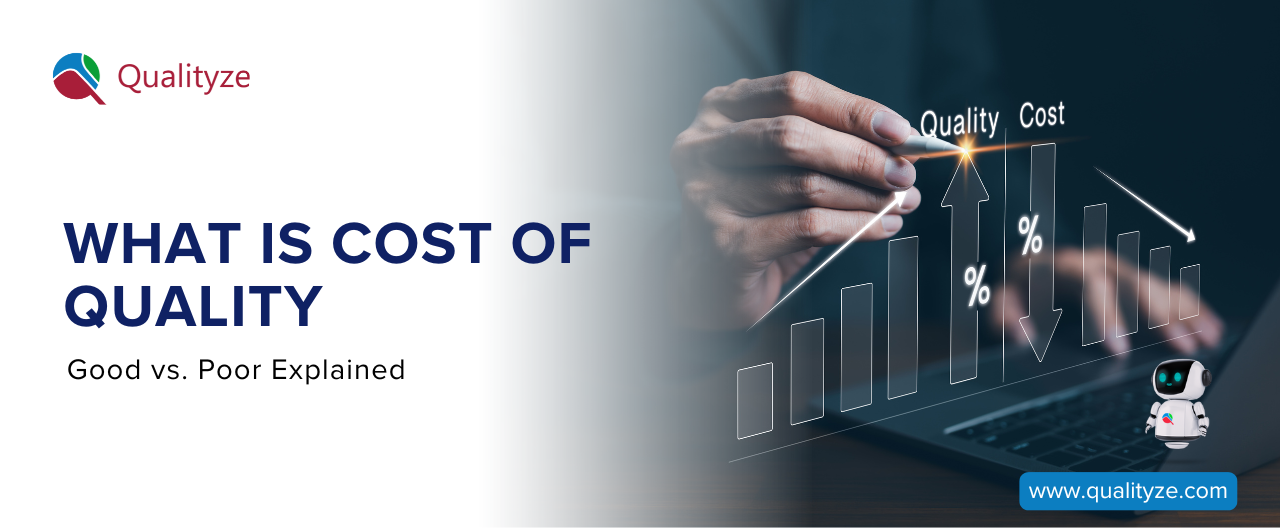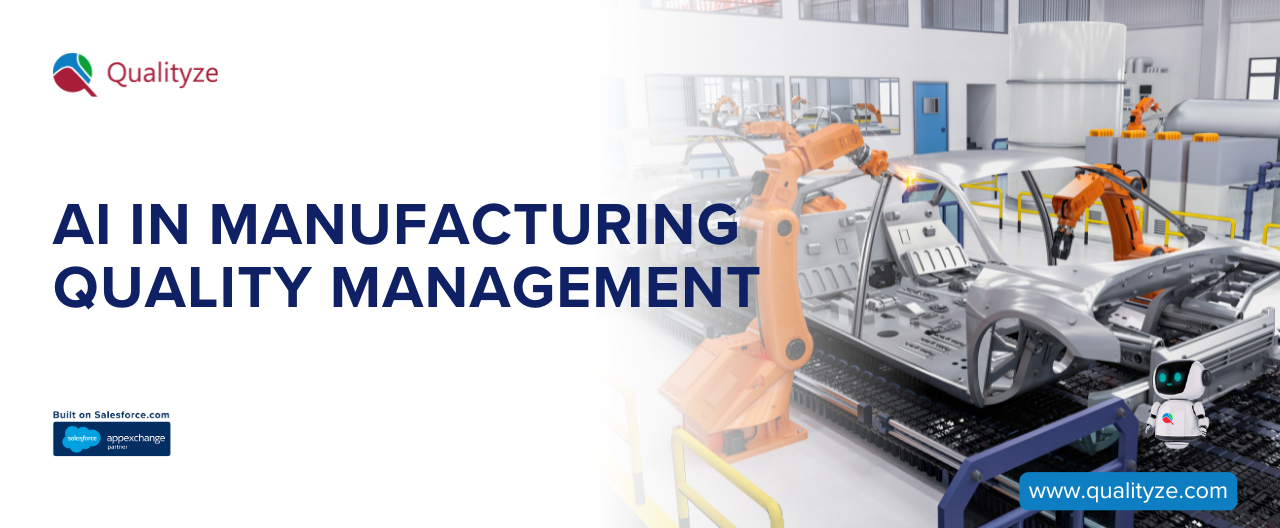Qualityze - Blogs

Every dose that reaches a pharmacy counter carries two invisible signatures: your company’s name and the promi...

The modern business world more and more calls for a holistic and proactive approach to Health, Safety, and Env...

Getting FDA clearance or CE marking is just the opening act. True Software as a Medical Device (SaMD) excellen...

Quality inspection sits at the heart of any robust manufacturing or service operation. By systematically exami...

Did you know? Industry reports consistently highlight that the majority of FDA Form 483s are linked to noncomp...

Environmental compliance may sound like paperwork but skipping it can sting. Regulators issued $1.7 billion in...

The Quality Assurance Trends for 2025 are being shaped by executive mandates for operational efficiency, produ...

Manufacturing quality management is entering a new era, driven by AI breakthroughs that will deliver zero defe...

The Cost of Quality (CoQ) is a powerful tool for identifying inefficiencies and enhancing business profitabili...

Auditors don’t wait for your annual inspection—they start the minute your lab flags an Out of Specification (O...

When a defect keeps coming back, the real battle isn’t on the shop floor—it’s in the conference room where you...

Manufacturing quality management is entering a new era, driven by AI breakthroughs that will deliver zero defe...
The Start of Something Amazing.
Request Demo
Products
Industries
